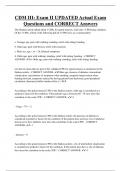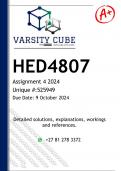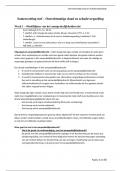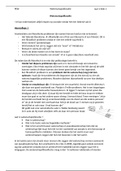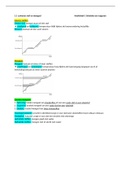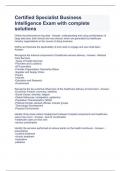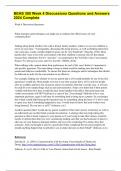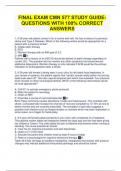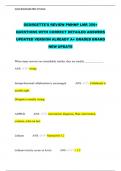Exam (elaborations)
CDM III: Exam II UPDATED Actual Exam Questions and CORRECT Answers
- Course
- Institution
CDM III: Exam II UPDATED Actual Exam Questions and CORRECT Answers The Haskins article talked about 3 CPRs for spinal stenosis, with only 1 CPR being validated. Of the 3 CPRs, which of the following did all 3 CPRs have as a commonality? a. Younger age, pain with walking/ standing, relief with...
[Show more]
